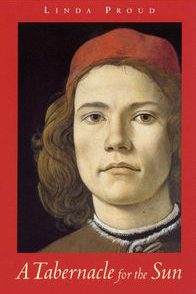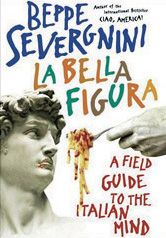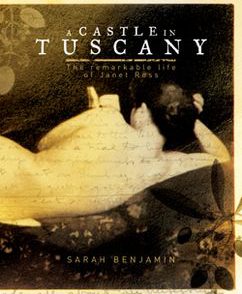If you stand in Piazza della Signoria, somewhere just in front of the Neptune fountain, and look down at your feet you ought to see a piece of round stone dedicated to the memory of Girolamo Savonarola. It is a kind of monument, which is odd, given that the Florentines burnt the man at the stake. But Savonarola and 15th Century Florence were full of paradoxes—and the title of Lauro Martines’s new study of the man and his city captures this well: Fire in the City, at once an unwanted, dangerous scourge, and a holy baptism of cleansing flames.
The time is 1494. Lorenzo de’ Medici has died, leaving his inadequate son Piero to rule in a hostile political environment. Florence stirs with whispers of republicanism. Piero is chased out of Florence by the mob to the somber tune of the bell in the tower of Palazzo Vecchio. Charles VIII, on a quest to win the Angevin throne of Naples enters the city through Porta San Frediano. Whether he will ravage the city, raze it to the ground, fight in the streets (that have seen so much fighting) or be turned out, no one can tell. Enter the friar, or as Martines more than once calls him, the ‘actor’, the protagonist. The author explores Savonarola’s vehement attacks on the corruption of the church and state, his elaborate denunciations of simony, lechery, sodomy, cupidity and oppression of the poor whilst maintaining a hold on their immediate political effects. When Savonarola spoke of Florence, he also spoke of the City of God, and we are shown how the subjects of war, politics and humanist discourse provided the vocabulary for his sermons—but also how they were the sparks that would light the fire that burned him.
One of the best qualities of this erudite book is its negotiation of Savonarola’s personal history as well as that of the city of which he was so influential a part. You will get a good sense of the friar’s character, fine analyses of his vituperative rhetoric but also valuable evocations of the popolo, the Medici regimes and their republican interim. Such an approach is richly textured: by getting at the soul of Savonarola, Martines also manages to get at the soul of Florence.
‘A rationalist and a thinker who leaned towards mysticism’ with a perilous determination to expose the shortcomings of the church and state, Savonarola trods on dangerous ground as Martines shows. He had his enemies—the old Medici supporters, Pope Alexander and all those oligarchs (so despised by the friar) whose wealth and status had transformed a devout city into one of ‘turpitude, blood and a den of thieves’. Martines provides a balanced, unbiased account of the turning tide of public support and Savonarola’s response which, as the author deftly shows, has the weight and eloquence of a tragic protagonist: ‘I want nothing unless it be what you have given to your saints: death. A red hat of blood: that I desire.’







